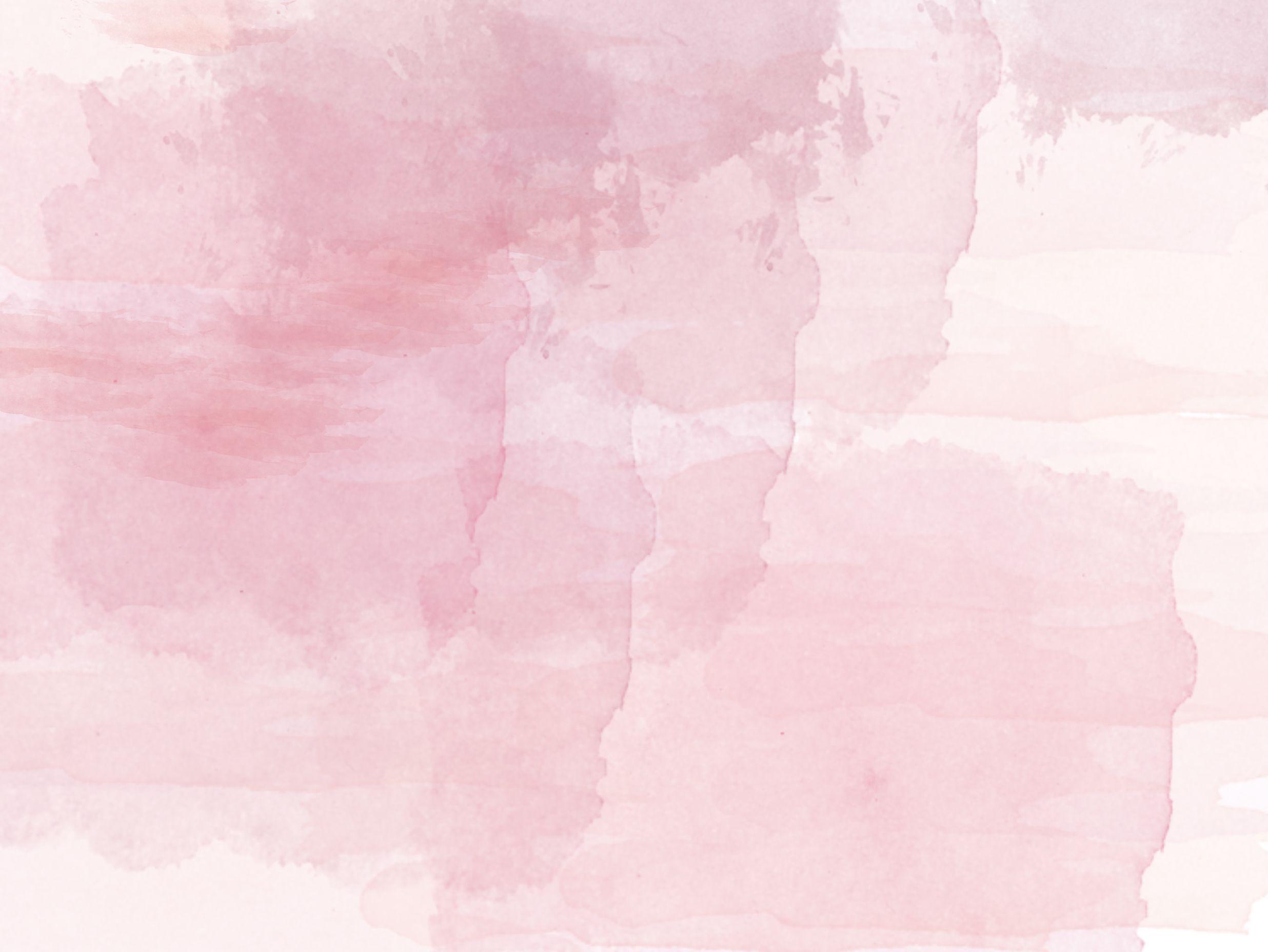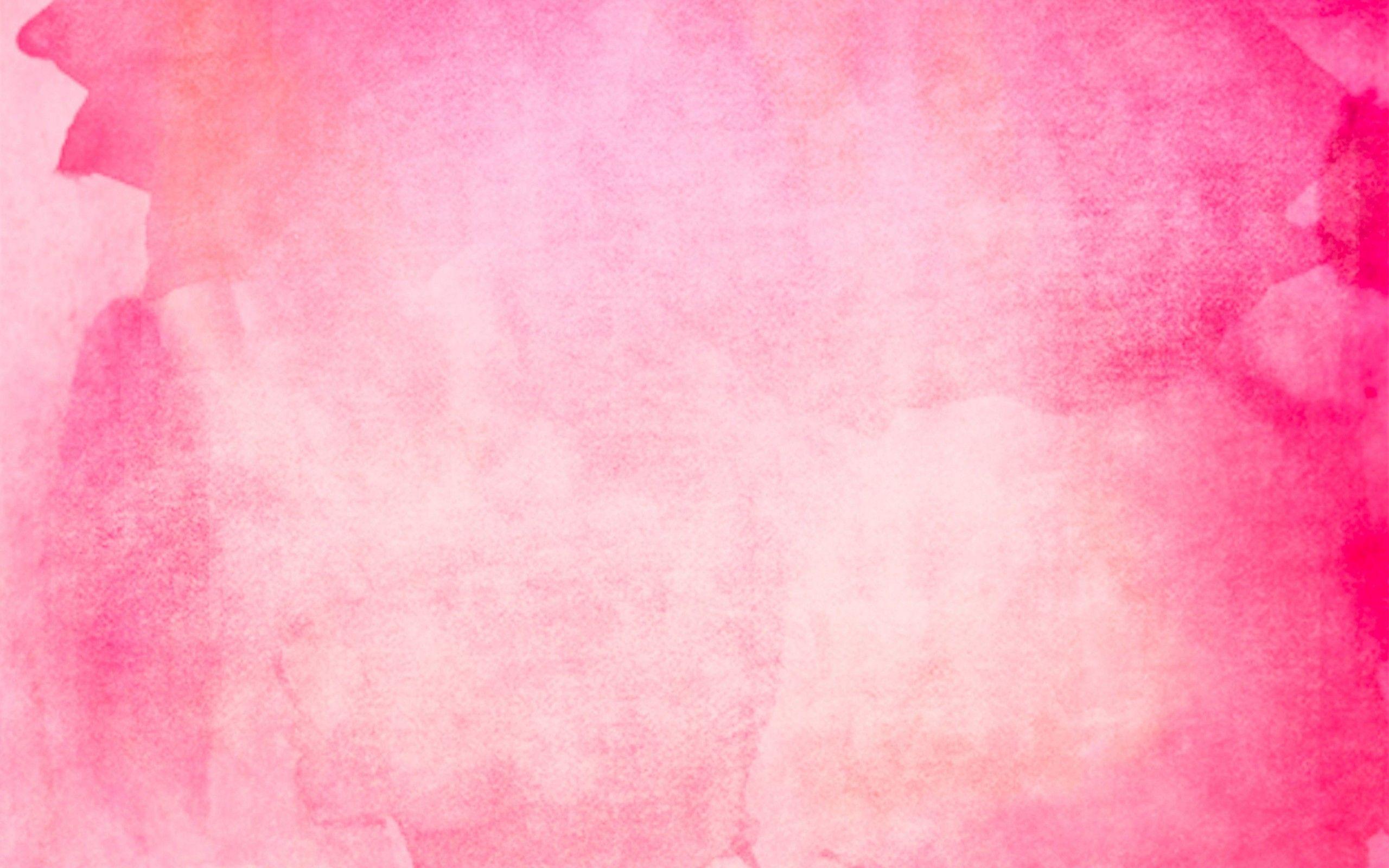Pink watercolor has become increasingly popular among artists, designers, and hobbyists worldwide. The soft, delicate hues of pink provide a versatile palette that can evoke emotions ranging from romance and femininity to tranquility and elegance. Whether you're a beginner or an experienced artist, learning about pink watercolor techniques can elevate your artwork to new heights.
In this article, we will explore the world of pink watercolor, covering everything from the basics of color theory to advanced techniques for creating stunning artworks. We'll also discuss how to choose the right materials, mix colors effectively, and incorporate pink watercolors into various art styles.
By the end of this guide, you'll have a comprehensive understanding of pink watercolor and how to use it to create beautiful, expressive pieces that capture the essence of this versatile medium. Let's dive in!
Read also:90s Cowboy Outfit A Retro Fashion Trend Making A Modern Comeback
Table of Contents
- Introduction to Pink Watercolor
- The History of Pink Watercolor
- Choosing the Right Materials
- Basic and Advanced Techniques
- Color Mixing and Theory
- Incorporating Pink Watercolor into Different Styles
- Project Ideas for Beginners and Professionals
- Tips and Tricks for Mastering Pink Watercolor
- Maintaining Your Materials
- Conclusion
Introduction to Pink Watercolor
Pink watercolor is a medium that combines the softness of pink hues with the fluidity of watercolors. It is an excellent choice for artists who want to add a touch of elegance and femininity to their work. The versatility of pink watercolors allows them to be used in various art forms, from floral designs to abstract compositions.
In this section, we will explore the basics of pink watercolor, including its characteristics, benefits, and why it has become a favorite among artists. Whether you're looking to create a romantic painting or simply experiment with new colors, pink watercolor offers endless possibilities.
The History of Pink Watercolor
Pink watercolor has a rich history that dates back centuries. The use of pink pigments in art can be traced to ancient civilizations, where natural dyes and minerals were used to create soft, pastel hues. Over time, advancements in pigmentation and watercolor techniques have allowed artists to achieve more vibrant and precise shades of pink.
Evolution of Pink Watercolor
Throughout history, pink watercolor has been associated with different cultural and artistic movements. From the delicate pastels of the Rococo period to the bold, expressive hues of modern art, pink watercolor continues to evolve and inspire artists worldwide.
Choosing the Right Materials
Selecting the appropriate materials is crucial for achieving the best results with pink watercolor. High-quality paints, brushes, and paper can make a significant difference in the final outcome of your artwork. Here are some recommendations for materials:
- Paints: Look for professional-grade watercolor paints that offer a wide range of pink hues, from pale blush to deep magenta.
- Brushes: Invest in a set of high-quality watercolor brushes with fine tips for detailed work and larger brushes for broader strokes.
- Paper: Choose watercolor paper with a weight of at least 140lb to prevent warping and ensure smooth application of paint.
Basic and Advanced Techniques
Mastering pink watercolor techniques requires practice and experimentation. From basic washes to advanced layering, there are numerous methods to explore when working with this medium. Let's take a closer look at some essential techniques:
Read also:Revolutionize Your Antiaging Routine The Ultimate Guide To Face Devices For Wrinkles
Basic Techniques
- Wet-on-Wet: Apply water to the paper first, then add pink watercolor to create soft, blended effects.
- Wet-on-Dry: Paint directly onto dry paper for more defined edges and vibrant colors.
Advanced Techniques
- Layering: Build up layers of pink watercolor to achieve depth and dimension in your artwork.
- Glazing: Apply thin, transparent layers of pink watercolor over dried paint to enhance colors and create luminous effects.
Color Mixing and Theory
Understanding color theory is essential for creating harmonious and visually appealing pink watercolor compositions. By learning how to mix colors effectively, you can achieve a wide range of pink hues and shades. Here are some tips for color mixing:
- Mix red and white to create various shades of pink.
- Add a touch of blue to create cooler pink tones.
- Experiment with different ratios of colors to find the perfect shade for your project.
Incorporating Pink Watercolor into Different Styles
Pink watercolor can be used in various art styles, from traditional to contemporary. Here are some examples of how to incorporate pink watercolor into different styles:
Floral Art
Pink watercolor is perfect for creating beautiful floral designs. Use soft, delicate hues to capture the essence of flowers and bring your artwork to life.
Abstract Art
Experiment with bold, vibrant pink hues to create dynamic and expressive abstract compositions. Layer different shades of pink to add depth and movement to your piece.
Project Ideas for Beginners and Professionals
Whether you're a beginner or an experienced artist, there are plenty of project ideas to explore with pink watercolor. Here are some suggestions to get you started:
- Create a pink watercolor landscape with soft, pastel hues.
- Design a series of floral patterns using different shades of pink.
- Experiment with abstract compositions by layering pink watercolor with other vibrant colors.
Tips and Tricks for Mastering Pink Watercolor
To help you master pink watercolor, here are some valuable tips and tricks:
- Practice regularly to improve your skills and develop your unique style.
- Experiment with different techniques and materials to find what works best for you.
- Study the works of other artists to gain inspiration and learn new techniques.
Maintaining Your Materials
Proper maintenance of your watercolor materials is essential for ensuring their longevity and optimal performance. Here are some tips for maintaining your materials:
- Clean your brushes thoroughly after each use to prevent color contamination.
- Store your paints in a cool, dry place to prevent them from drying out.
- Use high-quality paper to prevent warping and ensure smooth application of paint.
Conclusion
Pink watercolor is a versatile and expressive medium that offers endless possibilities for artists of all levels. By understanding the basics of color theory, mastering essential techniques, and experimenting with different styles, you can create stunning artworks that capture the beauty and elegance of pink watercolor.
We encourage you to share your experiences and creations with us by leaving a comment below. Don't forget to explore our other articles for more tips and inspiration on your artistic journey. Happy painting!
For further reading, consider checking out the following resources:


